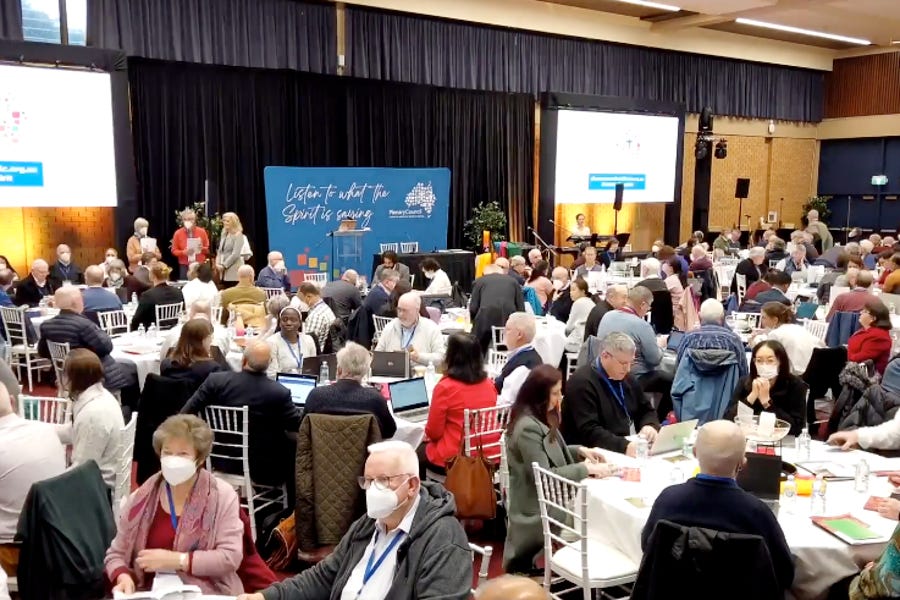
The fifth plenary council of Australia formally closed Sunday, bringing the years-long process to an end. The final session of the council saw members and consultants consider a range of motions and, after a day of high drama ov…

The fifth plenary council of Australia formally closed Sunday, bringing the years-long process to an end. The final session of the council saw members and consultants consider a range of motions and, after a day of high drama ov…